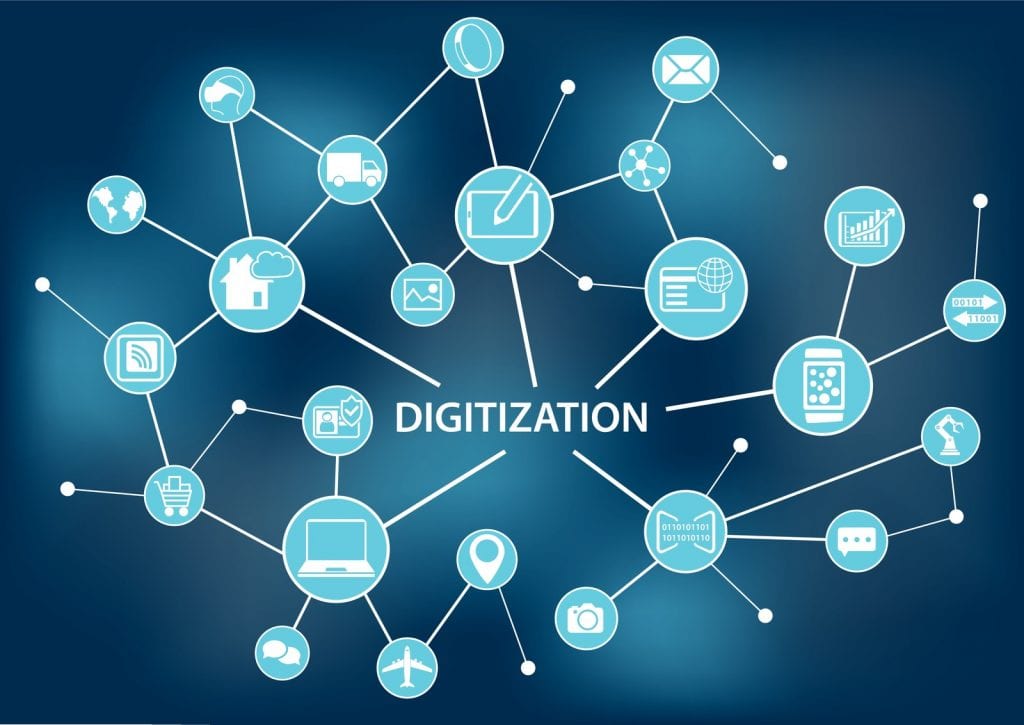Global economies—from Nairobi to Beijing—are undergoing a rapid transformation, with digital technologies changing the way people communicate, work, bank, and access information.
Today, previously unbanked households in Nigeria, Kenya and other nations of Africa can now access instant credit over their mobile phones.
Rural households in Senegal are lighting their homes by linking their bank accounts to off-grid solar energy systems. Government officials in India are combining digital payment and ID technologies to deposit money directly into the accounts of citizens living in distant villages, increasing the transparency and efficiency of social welfare programs.

Female Financial and Digital Inclusion Professional and Founder, Rendra Foundation
These and other digital innovations are creating opportunities for countries to build more inclusive, productive, and prosperous societies.
The McKinsey Global Institute estimates that widespread adoption and use of digital payments and financial services could increase the GDP of all emerging markets by $3.7 trillion by 2025. This additional GDP could create up to 95 million new jobs, raise overall productivity and investment levels, and make government spending more efficient.
Interestingly, no one stands to benefit more from this growth than women.
It is a fact beyond argument that women and girls shoulder the global burden of poverty. Decades of research show that poverty deprives women of vital health, education, and socioeconomic opportunities throughout their lives. As a result, women earn less, own fewer assets, and are underrepresented in economic and political decision-making. This inequality means they experience fewer benefits from economic growth and suffer more of the challenges of life lived in poverty.
For women in low- and middle-income countries, digital savings, credit, and payments services can provide them with a critical link to the formal economy and a gateway to greater economic security and personal empowerment.
An emerging body of evidence shows this also pays dividends for their families in the form of better health and education. When women-headed households in Kenya adopted mobile money accounts, poverty dropped, savings rose, and 185,000 women left agricultural jobs for more reliable, higher paying positions in business or retail.
In Niger, distributing government benefit payments through a mobile phone instead of cash helped give women who received the transfers more decision-making power in their households.
Overall, strong progress has been made with financial inclusion in many (African) countries. And many of these countries have also experienced a sharp uptick in financial inclusion rates among women. Between 2011 and 2017, the number of women with their own account doubled in Kenya and Ghana and increased seven-fold in Senegal.And crucially, in several African countries, mobile money has emerged as an equalizing force, and can further help more and more (African) women towards financial inclusion.
However, digital financial exclusion is not merely an access problem.
Although digital technologies hold vast potential to improve human welfare, they also pose considerable risks, from the establishment of digital monopolies to cyberattacks to digital fraud.
In light of that, as previously excluded women become first-time users of digital technologies, they are particularly exposed to these and other risks, such as new forms of gender-based violence, abuse, and harassment in digital contexts.
Our global challenge, therefore, is not merely to close the digital (financial) divide, but also to establish sound regulatory and supervisory frameworks to ensure that women and vulnerable citizens reap the benefits from digital technologies without suffering from their potential adverse effects.

Leave a Reply